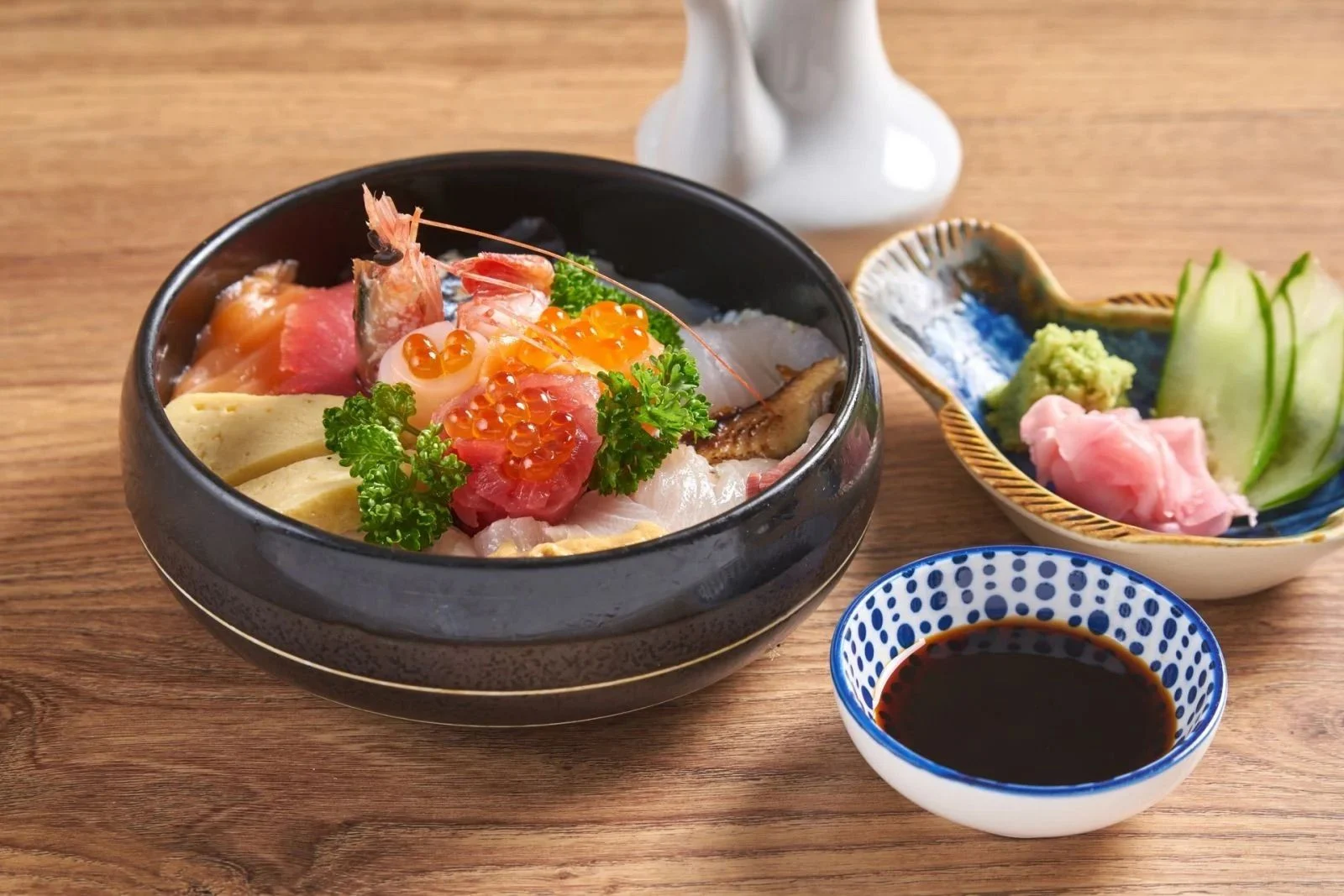Etiquette Tips for Dining in a Japanese Restaurant

Dining in a Japanese restaurant offers a unique cultural experience that extends beyond the food. Understanding and practicing proper etiquette enhances the dining experience and shows respect for Japanese culture. Here are essential tips to follow.
Dining at a Japanese restaurant is more than just a meal; it’s a cultural experience. To fully appreciate the food and atmosphere, it’s important to understand and follow the etiquette that accompanies Japanese dining. Here are key tips to help you navigate your dining experience with confidence and respect.

Proper Use of Chopsticks
Chopsticks are a fundamental part of Japanese dining. When using chopsticks, avoid pointing them at people or food, and never stick them upright in a bowl of rice, as this resembles a funeral ritual. Instead, place them horizontally on a chopstick rest when not in use.
Seating Arrangements
In traditional Japanese restaurants, seating arrangements often follow a hierarchy. The honored guest typically sits furthest from the entrance, with the host sitting closest. When entering a private dining room, wait to be directed to your seat by the host or restaurant staff.
Ordering and Receiving Food
When ordering, it’s polite to use the Japanese words for thank you (arigato gozaimasu) and please (onegai shimasu). When your food arrives, say “itadakimasu” before eating, which means “I humbly receive.” This expression of gratitude shows respect for the food and those who prepared it.
Eating and Drinking
When eating, take small bites and chew quietly. Avoid talking with your mouth full or making loud eating noises. When drinking, it’s customary to pour drinks for others rather than oneself. Hold the bottle with both hands when pouring, and lift your glass slightly when someone is pouring for you. Say “kanpai” before drinking, which means “cheers.”
Handling Shared Dishes
In many Japanese restaurants, dishes are shared among the table. When taking food from shared plates, use the opposite end of your chopsticks or serving utensils to avoid cross-contamination. Take only what you can eat and avoid wasting food.
Payment Etiquette
When the meal is over, it’s common practice to leave a clean table. Place used napkins and disposable chopstick wrappers neatly to the side. In Japan, tipping is not customary and can be considered rude. Instead, show your appreciation by saying “gochisousama deshita,” meaning “thank you for the meal,” when leaving.
Conclusion
Dining in a Japanese restaurant is an opportunity to immerse yourself in a rich cultural tradition. By following these etiquette tips, you not only show respect for Japanese customs but also enhance your own dining experience. Enjoy the harmony, precision, and beauty of Japanese dining with confidence and respect.
Related Posts

Best Japanese Kaiseki Restaurants in Kyoto
Kyoto, with its rich cultural heritage and culinary prowess, stands…

Award-Winning Japanese Restaurants to Visit
Japanese cuisine is celebrated around the world for its freshness,…

Top Japanese Restaurants That Deliver Authentic Flavors
Just as players explore new excitement and opportunities at platforms…
